Refine search
Actions for selected content:
5487 results in Thermal-fluids engineering

Introduction to Computational Fluid Dynamics
-
- Published online:
- 05 June 2012
- Print publication:
- 08 August 2005

Polymer Melt Processing
- Foundations in Fluid Mechanics and Heat Transfer
-
- Published online:
- 05 June 2012
- Print publication:
- 04 August 2008

Engines
- An Introduction
-
- Published online:
- 05 June 2012
- Print publication:
- 28 June 1999
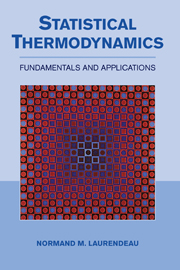
Statistical Thermodynamics
- Fundamentals and Applications
-
- Published online:
- 05 June 2012
- Print publication:
- 21 November 2005
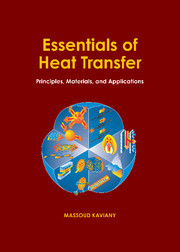
Essentials of Heat Transfer
- Principles, Materials, and Applications
-
- Published online:
- 05 June 2012
- Print publication:
- 01 August 2011
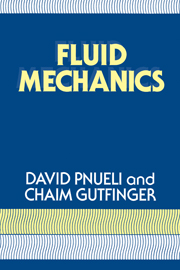
Fluid Mechanics
-
- Published online:
- 05 June 2012
- Print publication:
- 27 November 1992

Introductory Fluid Mechanics
-
- Published online:
- 05 June 2012
- Print publication:
- 31 August 2010

Micro- and Nanoscale Fluid Mechanics
- Transport in Microfluidic Devices
-
- Published online:
- 05 June 2012
- Print publication:
- 26 July 2010
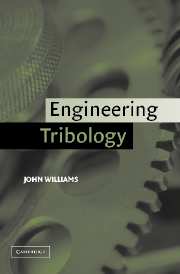
Engineering Tribology
-
- Published online:
- 05 June 2012
- Print publication:
- 10 January 2005
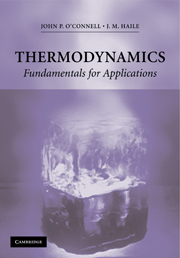
Thermodynamics
- Fundamentals for Applications
-
- Published online:
- 05 June 2012
- Print publication:
- 16 May 2005
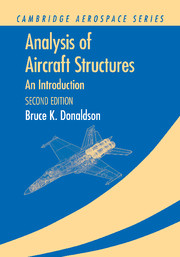
Analysis of Aircraft Structures
- An Introduction
-
- Published online:
- 05 June 2012
- Print publication:
- 24 March 2008
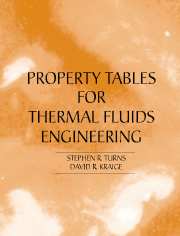
Properties Tables Booklet for Thermal Fluids Engineering
-
- Published online:
- 05 June 2012
- Print publication:
- 13 August 2007

Introduction to Structural Dynamics and Aeroelasticity
-
- Published online:
- 05 June 2012
- Print publication:
- 01 July 2002
-
- Book
- Export citation
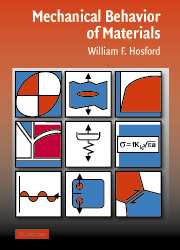
Mechanical Behavior of Materials
-
- Published online:
- 05 June 2012
- Print publication:
- 02 May 2005
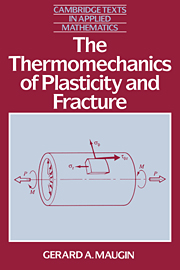
The Thermomechanics of Plasticity and Fracture
-
- Published online:
- 05 June 2012
- Print publication:
- 21 May 1992

Convective Heat and Mass Transfer
-
- Published online:
- 05 June 2012
- Print publication:
- 20 June 2011
-
- Book
- Export citation

Heat Transfer
-
- Published online:
- 05 June 2012
- Print publication:
- 22 December 2008
-
- Textbook
- Export citation
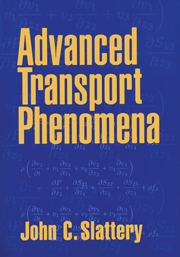
Advanced Transport Phenomena
-
- Published online:
- 05 June 2012
- Print publication:
- 28 June 1999
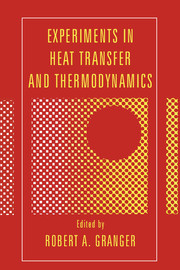
Experiments in Heat Transfer and Thermodynamics
-
- Published online:
- 05 June 2012
- Print publication:
- 24 June 1994
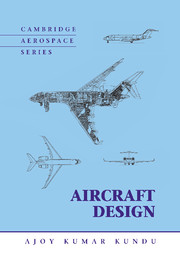
Aircraft Design
-
- Published online:
- 05 June 2012
- Print publication:
- 12 April 2010
